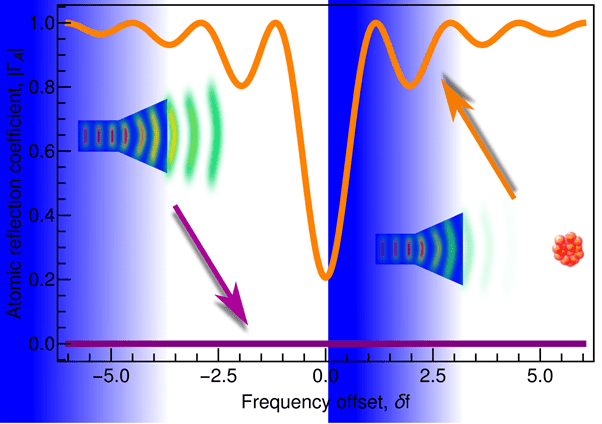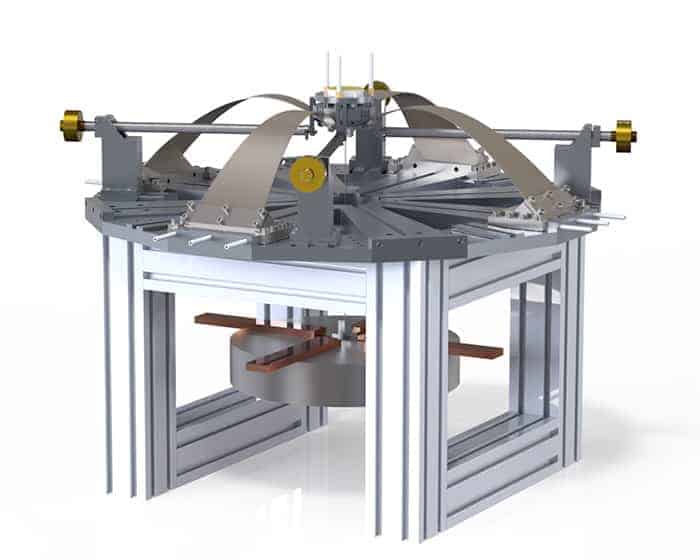
Quantum sensors based on cold-atom interferometry are among the most accurate instruments in fundamental physics, with predicted applications that include mapping underground structures and creating more precise navigational systems. Their speed, however, is limited by the fact that the measurement process typically destroys the carefully prepared atomic sample, meaning that a new sample must be created for each measurement. This takes a few hundred milliseconds for even the fastest sensors.
Researchers at SYRTE in France’s Observatoire de Paris have developed a new non-destructive method that uses microwaves to measure the number, or population, of atoms in specific quantum states. The new method enables experimenters to perform quantum sensing measurements nearly 30 000 times a second – a rate that could make it possible to complete large surveys on a timescale competitive with current commercial devices.
The principle of microwave detection
Non-destructive measurements of cold atoms can be performed using existing methods. However, the complex optical systems often required make it difficult to create compact, practical sensors. The SYRTE team of William Dubosclard, Seungjin Kim, and Carlos L Garrido Alzar solved this problem by developing a system based on microwaves instead. Their solution uses the fact that microwave power radiated by an antenna into a medium depends on the radiation resistance of that medium.

In the SYRTE experiment, the medium is a sample of 10 000 rubidium atoms prepared at temperatures of around 3 µK. By using an antenna to direct a beam of microwaves onto the atoms, and then observing the microwave signal the atoms reflect, the experimenters could detect the atoms’ quantum state. Although the microwave reflections are weak, the researchers saw clear variations in them when they scanned the microwave frequency across a resonant atomic transition.
Proving it works: detecting cold atoms
The team proved the non-destructive nature of their detection method by measuring coherent quantum effects known as Rabi oscillations. These sinusoidal patterns appear as populations of atoms oscillate between two atomic energy states when near-resonant light is applied, and they form the basis of cold-atom interferometry. In a typical experiment, these patterns are observed by creating multiple atom samples and taking one data point per sample. In this case, however, the researchers managed to observe Rabi oscillations with a single sample – by using one microwave antenna to drive the oscillations and another to perform repeated detection.

Quantum sensor targets gravity and magnetism
They observed no difference between the amplitude of the oscillations obtained with their method compared with the multiple sample method. This validates that their technique did not cause any additional atom and decoherence losses even as it increased the detection bandwidth to 30 kHz.
Garrido Alzar tells Physics World that they now plan to characterize the noise level of their novel detection method and investigate how it would affect the performance of quantum inertial sensors.
The research is reported in Communications Physics.



